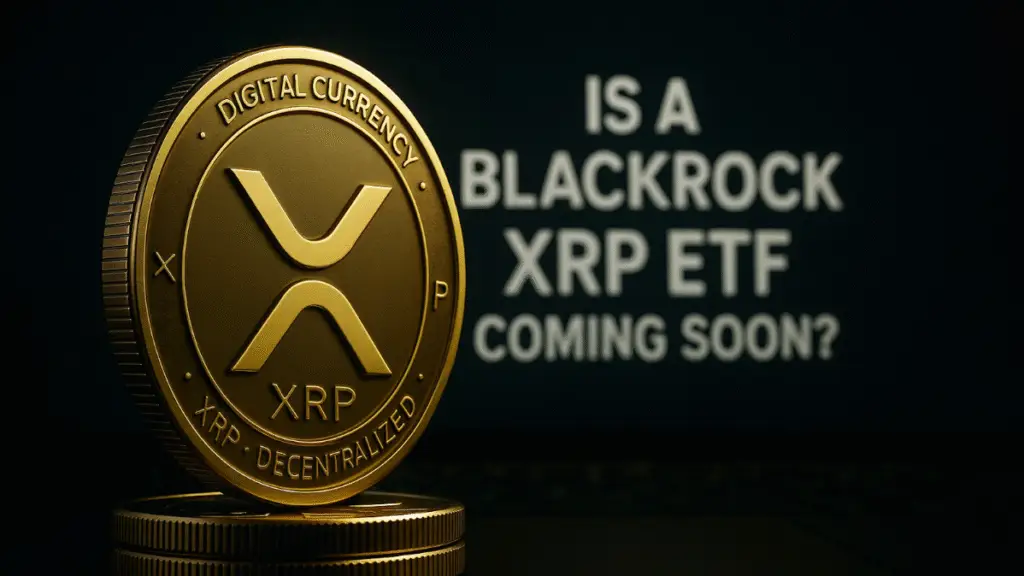The cryptocurrency sector is undergoing rapid growth alongside mainstream acceptance and has an acute requirement for competent compliance frameworks. With more businesses venturing into crypto and blockchain services, there is growing concern for maintaining compliance along with anti-money laundering efforts for the overall credibility and sustainability of the ecosystem.
Adoption of Automated Blockchain Monitoring Technology (ABM)
More Financial Crime Compliance (FCC) programs are resorting to Automated Blockchain Monitoring (ABM) or other third-party vendor tools to check compliance boxes and mitigate risks associated with suspicious behaviors. It is often the case that these systems mine the blockchain for large datasets to flag risks and outliers, thus providing a competitive advantage in the deterrence of financial crime in the digital asset space.
The Undisclosed Perils of Having Insufficient Model Risk Management
All these sophisticated ABM systems are, however, challenging to implement and maintain. If such models are not well crafted, executed and maintained under adequate Model Risk Management (MRM) supervision, they are likely to incur substantial reputational and regulatory exposure, including large fines, revocation of licenses, and fractured financial affiliations.
Drawbacks in Providing Effective MRM to ABM Algorithms
When businesses do not provide adequate MRM to their ABM surveillance and other solutions, they make themselves vulnerable to a set of common ommissions which result in a lack of compliance use policies.
These consist of inadequate transaction coverage, deficient evaluation of emergent risks across various crypto products and regions, generic vendor-supplied detection scenario overdependence, lack of data analytics for setting boundaries, missing model documentation for design rationale, neglecting on- and off-ramp risk exposure, and poor documentation concerning vendor selection and vendor performance.
Recommendations for Strengthening Crypto Compliance
In order to fix these issues and improve the FCC’s detection capabilities, compliance programs, as well as risk officers, ought to take the same meticulous approaches used in traditional compliance frameworks to bolster these systems. This means performing extensive ABM and compliance model data validations, employing bespoke ABM detection scenarios based on identified illicit behaviors and risk assessments, conducting regular crypto-asset focused or digital-asset focused risk-based coverage assessments, integrating coverage and risk assessment data analytics, adjusting and setting thresholds in accordance with decisions made around risks and vulnerabilities, documenting rationale using evidence-based arguments alongside primary and secondary reasoning, and cross-functional risk thorough accounting of on- and off-ramp exposure.
The Summary: Creating Trust And Relying On A Crypto Ecosystem
The Model Risk Management practices have to be implemented with precision not just as an operational matter but as an exercise in capacity building trust on a cryptocurrency system. Addressing risk and verification enables digital asset market participants to cope with complex regulations, consumer protection, and the safety and security concerns of decentralized finance















